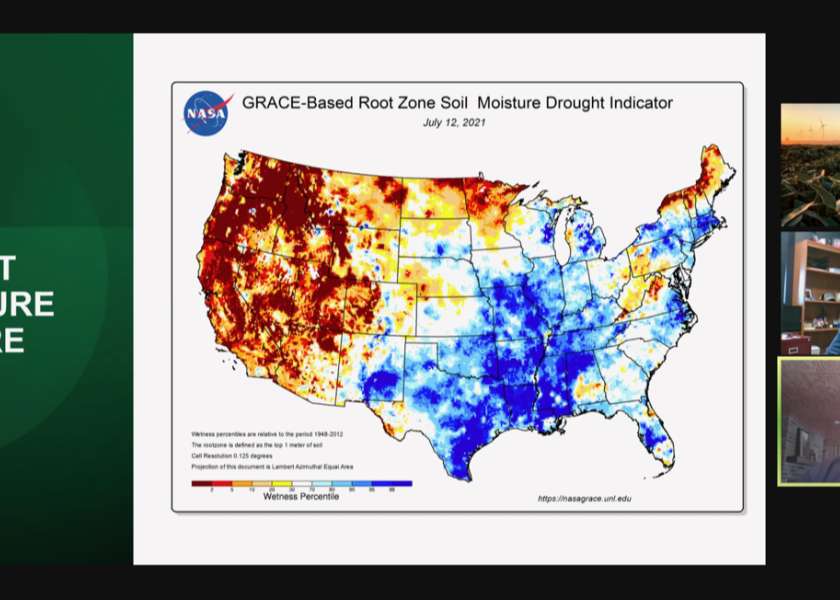A View from the Field: A Preview of the 2021 Pro Farmer Crop Tour

As scouts prepare to hit the fields across seven states, our team of experts gathers to frame expectations ahead of this annual August ritual.
At the Farm Country Update on July 15, Farm Journal Editor and AgDay Host Clinton Griffiths, AgriTalk Host Chip Flory, and Pro Farmer Editor Brian Grete shared a preview of potential corn and soybean production and scout reporting from 2,000-plus fields across Illinois, Indiana, Iowa, Minnesota, Nebraska, Ohio and South Dakota.
Now in its 29th year, the Pro Farmer Crop Tour provides a dirty-boots update on corn and soybean crops as they head into the home stretch of the growing season.
USDA changed its process for the August Crop Production Report, and with the change Crop Tour took on greater significance for farmers. In the past, USDA used field observations and producer surveys to estimate corn and soybean yields in August. Budget cuts at USDA forced USDA’s NASS to abandon the field observations for the August estimate.
“What that means is the Crop Tour is the first organized group now to go out and pull the husk back and take a look at what's under the husk,” Flory says. “We've got farmers who really understand what the weather is doing to a crop. They’re pulling open the bean rows, taking a look down the rows and under the canopy in the beanfield.”
Crop condition ratings and anecdotal reports from Pro Farmer members and others have given crop tour scouts an idea of what to expect, Grete says.
“We want to go in with an open mind, and we don't want to have any preconceived ideas, but I think it's a pretty clear divide this year between those that have gotten the rains and those that haven't gotten the rains, and it's dry in that far northern and northwestern area,” Grete says.
And it's been wet in the eastern belt, so there’s a significant divide between the wet areas and the dry areas, and the divide seems to be getting wider.
“We will in all likelihood experience some areas where crops are lost, drowned-out spots, those types of things,” Grete says.
Even so, Grete says the eastern Corn Belt has some favorable weather patterns for mid-July.
“It can change in the next month, but we've got some pretty good crop conditions out in the eastern Corn Belt. We expect we're going to see a pretty good-looking product. Now how much grain it's got, sometimes that’s completely different story. But we'll be seeing some pretty decent fields.”
The western Corn Belt tour will reveal some of the drought issues, including in the north-central and northwestern Iowa areas, southern Minnesota into portions of the eastern half of Nebraska, and southeastern South Dakota.
“We take soil moisture ratings for the soybean crop, because that matters,” Grete says. “And I think it's probably going to be a pretty stark difference between the four western Corn Belt states and the three eastern Corn Belt states. I split Iowa, because the eastern half of Iowa is probably going to trend more like the other three eastern belt states, and the western half of Iowa will trend dryer.”
To add to the challenges farmers are facing, global stocks reports and carryover add in more variables to navigate this year, Griffiths says.
“There's very little cushion for U.S. corn and soybeans on the U.S. dollar sheet,” Grete says. “But then you add in the global situation as well. We’re in this period of tightness where we don't have a lot of margin of error, and that's part of the discovery process.”
Watch the team’s full analysis here.
Watch Crop Tour live
Register now for the in-person or online experience, Aug. 16-19.







